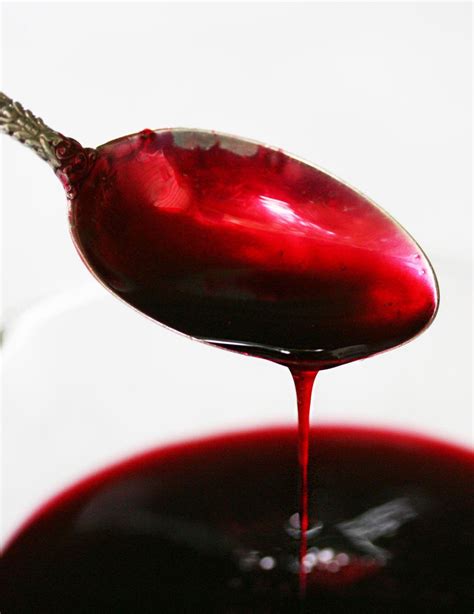Pomegranate Molasses: A Homemade Recipe for Tangy Delight
Pomegranate molasses, with its intensely tart and sweet flavor, is a culinary treasure often used in Middle Eastern and Mediterranean cuisines. This deep red, viscous syrup adds a unique complexity to sauces, marinades, and dressings. While readily available in specialty stores, making your own pomegranate molasses offers a rewarding experience and guarantees the highest quality ingredients. This recipe guides you through the simple process of transforming fresh pomegranates into this flavorful concentrate.
Ingredients You'll Need:
- 4 cups pomegranate juice: This is crucial; using store-bought juice may result in a less flavorful molasses. Aim for freshly squeezed juice for the best outcome.
- 1/2 cup sugar (optional): The sweetness level depends entirely on the tartness of your pomegranates. Start with less and add more if needed. You can also substitute honey or maple syrup for a different flavor profile.
Equipment:
- Large saucepan: For simmering the juice.
- Wooden spoon or spatula: For stirring.
- Fine-mesh sieve or cheesecloth: For straining out the seeds and pulp.
- Sterilized jars: For storing the finished molasses.
Step-by-Step Instructions:
1. Juicing the Pomegranates:
The first step involves extracting the juice. Carefully cut the pomegranates in half and remove the seeds. You can use a spoon to scoop out the arils or use a juicer. Strain the juice through a fine-mesh sieve or cheesecloth to remove any seeds or pulp.
2. Simmering the Juice:
Pour the strained pomegranate juice into a large saucepan. Bring the juice to a gentle simmer over medium-low heat, stirring occasionally. Reduce the heat to its lowest setting, making sure the juice is barely simmering and doesn't boil vigorously. This will take several hours.
3. Reducing to Molasses Consistency:
The process of reducing the juice will take considerable time – this is key to achieving that thick, syrupy consistency. Continue simmering, stirring often to prevent sticking and burning. As the juice reduces, you'll notice it becoming darker and thicker. The simmering time varies greatly depending on the initial juice volume and the heat used.
4. Checking for Thickness:
The molasses is ready when a small amount dropped onto a cold plate quickly sets and doesn't spread. This signifies the ideal consistency. You should also be able to coat the back of a spoon with the thickened liquid. If the mixture is still too thin, continue to simmer.
5. Optional Sweetening and Finishing:
If your pomegranate juice is particularly tart, add the sugar (or alternative sweetener) at this stage. Stir continuously until dissolved. Simmer for another 5-10 minutes to allow the flavors to meld.
6. Straining and Storing:
Once reduced, carefully pour the hot molasses through a fine-mesh sieve or cheesecloth to remove any remaining solids. Pour the strained molasses into sterilized jars while still hot. Allow to cool completely and seal.
Storage and Usage:
Store your homemade pomegranate molasses in a cool, dark place. It will thicken further as it cools. This molasses can last for several months if stored correctly.
Ways to use your homemade pomegranate molasses:
- Dressings and marinades: Adds a unique tang and depth of flavor to vinaigrette or meat marinades.
- Sauces: A delicious addition to savory sauces for lamb, chicken, or vegetables.
- Baking: Incorporate it into cakes, cookies, and other baked goods for a subtle tartness.
- Drizzle: A wonderful finishing touch to yogurt parfaits, ice cream, or cheese plates.
Making your own pomegranate molasses is a testament to homemade goodness. The rich, complex flavor achieved through this simple process is incomparable. Enjoy the fruits of your labor!
